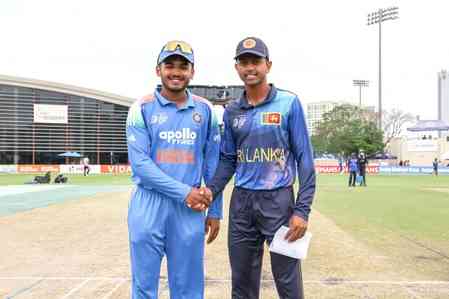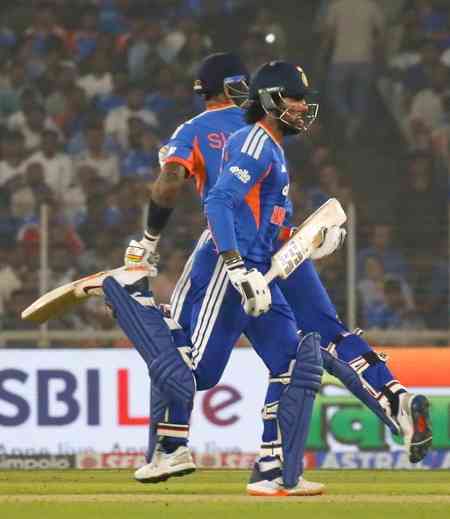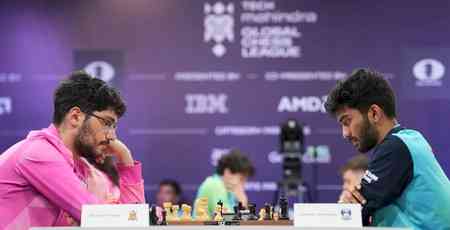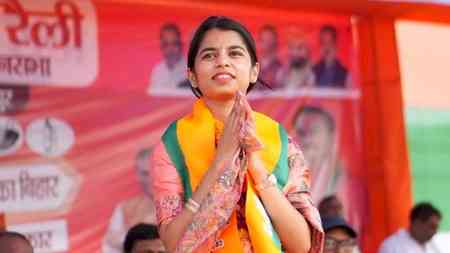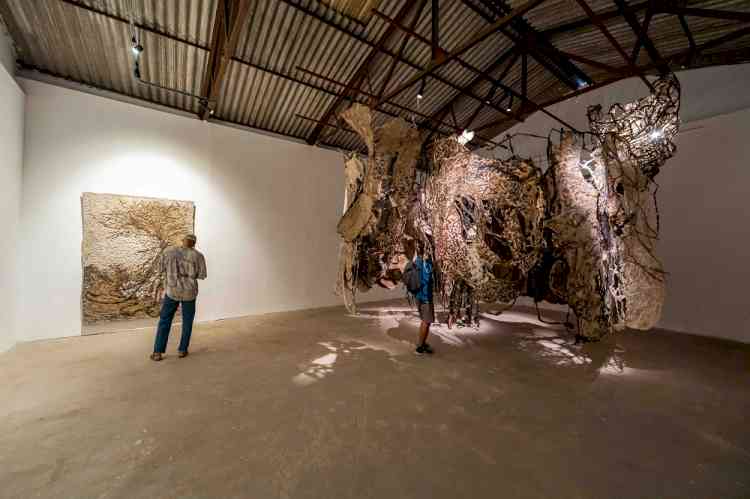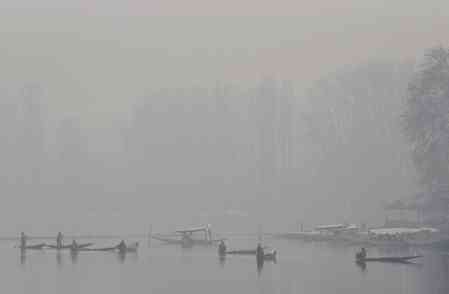Martial art Gatka attraction at Khelo India
The lathi or stick, as a famous poem eulogises, has always been a mighty weapon in northern India, used as a defensive tool against dogs, enemies and even flooding rivers.
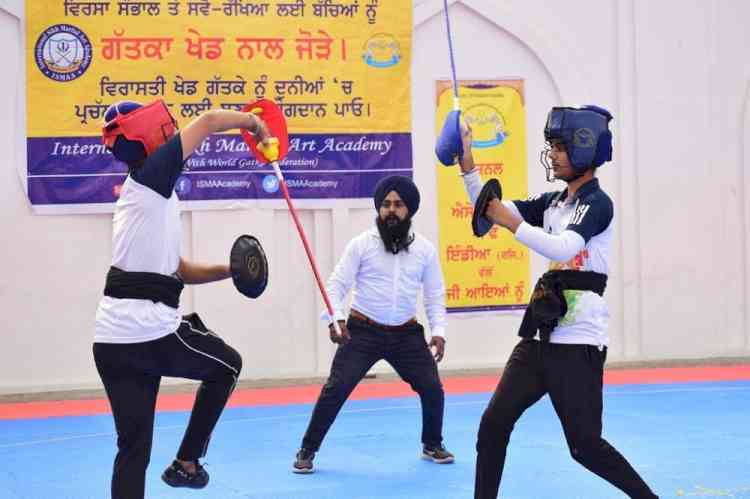
Panchkula, June 1 (IANS) The lathi or stick, as a famous poem eulogises, has always been a mighty weapon in northern India, used as a defensive tool against dogs, enemies and even flooding rivers.
The poet could never have imagined that this modest weapon of self-defence -- lathi or Gatka -- in varying sizes and differing techniques will become a popular sport in 48 countries.
It will also be a special attraction during the Khelo India Youth Games, commencing on June 4 in this Haryana town, with 256 players, 128 girls and an equal number of boys, from 16 states vying in Gatka.
The martial art of Gatka, as a modern sport, is a standardised style of stick fighting between two or more opponents, intended to simulate swords.
It has its origin in the Sikh history. Guru Hargobind, the sixth Sikh Guru, introduced the concept of Miri Piri (of temporal power and spiritual authority) to Sikh religion, letting people carry two swords.
He emphasised on the training of weapons called 'shatra vidya' for self-defence. The Sikhs used weaponry techniques and Gatka throughout the 16th and 17th centuries for their protection against the invaders who had become mass murderers.
Gatka was one among about 30 weapons, which the Sikh fighters, called Nihangs, practised. The Nihangs handed down the skills in 'shastra vidya' down the generations, which are still displayed during their religious festivals and shows.
As modern sport Gatka got a lease of life in 1936, when it was introduced by Punjab University in Lahore (now Panjab University, Chandigarh), in inter-college and inter-varsity tournaments.
The university standardised the sport. Gatka rules were drafted by Major Kartar Singh Akali, Director Physical, R.S.D College in Ferozepur, in 1936.
The Gatka tournaments, disrupted by partition, resumed around the 1970s. In 1985, the sport was once again banned due to militancy in Punjab. With the efforts of the Gatka Federation of India, the Punjab Gatka Association and others, Punjabi University, Patiala, reintroduced the game in 2001 by conducting inter-college tournaments.
In 2009, the sport received recognition across inter-university tournaments.
"Sports are an integral part of Sikh heritage, whereas a lot of research has gone into Sikh religion, little has been known about our tradition of martial arts. Since SAI and the Sports Ministry included Gatka in traditional sports, it will now grow as a sport," says H.S. Grewal, President, National Gatka Association of India.
Taken out of the religious context, Gatka sport competitions are like the fencing game, players -- both male and female -- wear T-shirts and sweatpants with a headgear for protection.
The material and size of Gatka and farri (shield) are standardised for junior and senior players.
In Punjab, where the sport originated, a three per cent quota is reserved for Gatka medal holders, even Punjab Public Service Commission (PPSC) recognises achievements in Gatka.


 IANS
IANS 
